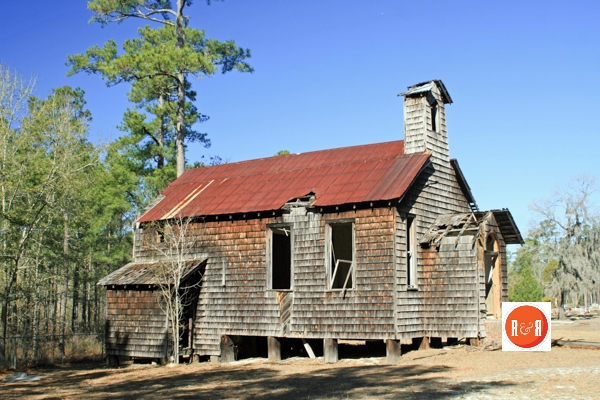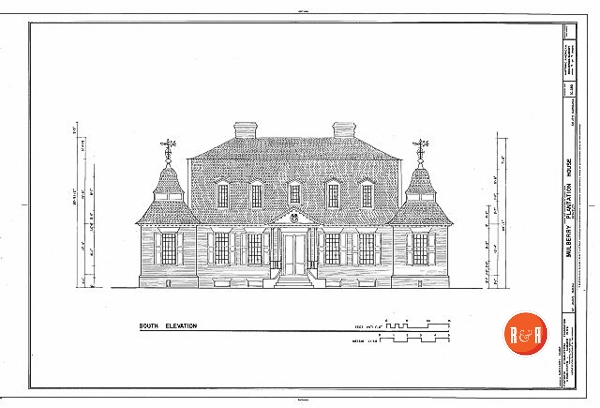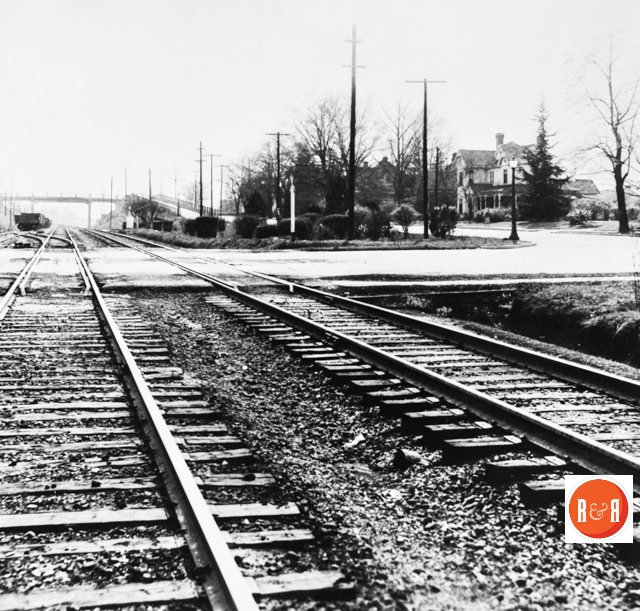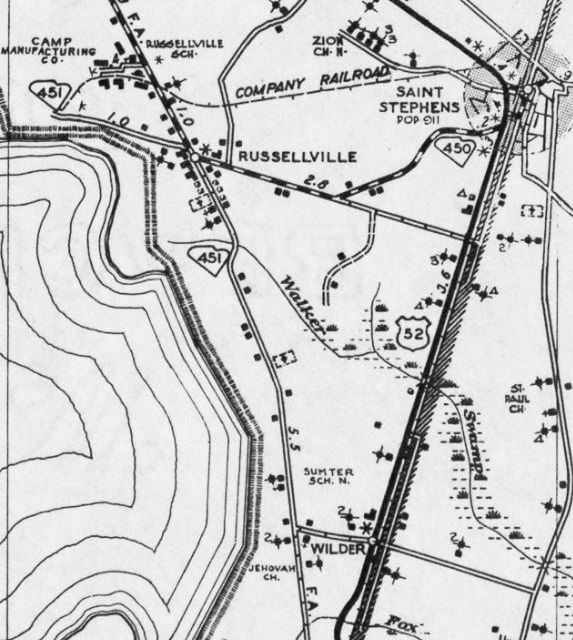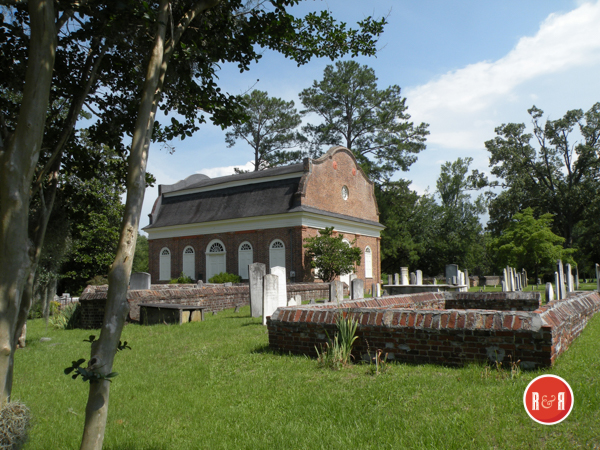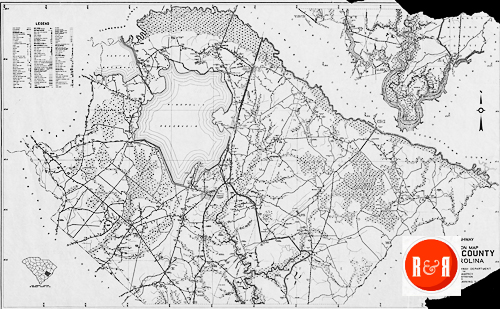
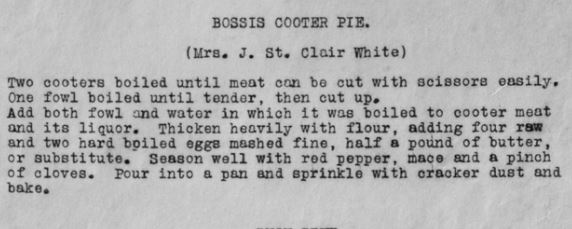
Three examples of the hundreds of old recipes both hand written and typed in the cookbook.
- Jeffries Hydroelectric Plant
- Santee – Cooper Lock



Courtesy of the Fredrick Tucker Collection – 2017 One of thousands of historic addresses – sites, in Berkeley County and the S.C. low-country, to explore and enjoy on the pages of Roots and Recall!

C.O. Greene, 1940 photograph. Images(s) and information from: The Library of Congress – HABS Photo Collection

Image courtesy of photographer Bill Segars

Courtesy of the Fredrick Tucker Collection – 2017
St. James’ Church – Goose Creek – enjoys the distinction of being the earliest parish in the Province outside the city of Charles Town. It is believed that the first church was built as early as 1680, soon after the first St. Philip’s in Charles Town. The presently beautifully preserved Church of St. James’, Goose Creek, was built in 1714-19. Only the walls of St. Andrew’s on the road to Magnolia and Middleton Gardens on the west side of the Ashley River are older. Goose Creek, wrote the Rev. Robert Wilson in 1922 is from the Dutch “Goes Creek” which appears in the records of Probate Court for a transfer of land on Goes Creek. In Holland “goes” would be pronounced “goose.” (Information from: Names in South Carolina by C.H. Neuffer, Published by the S.C. Dept. of English, USC)
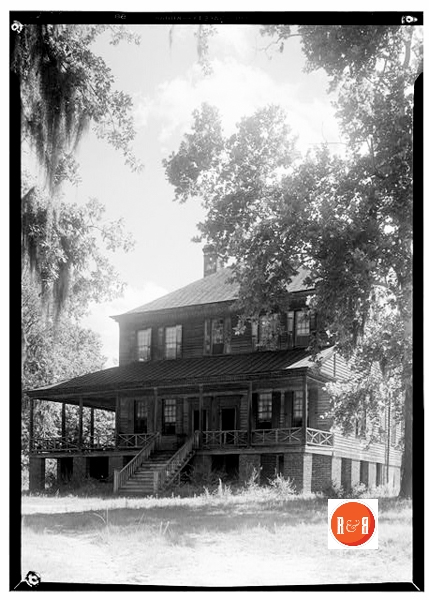
Courtesy of the S.C. Dept. of Archives and History – E.B. Bull, Photographer
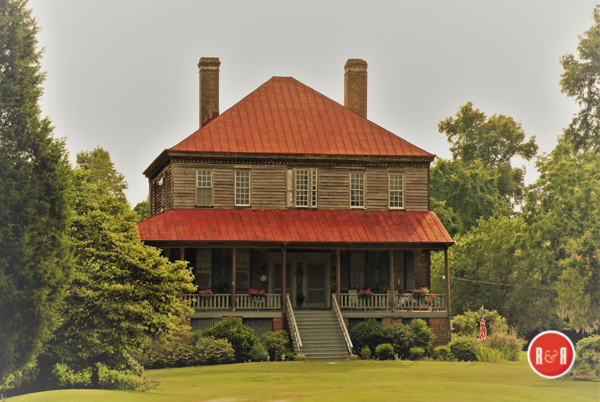
Lawson’s Pond Plantation: Image courtesy of photographer Ann L. Helms – 2018


Staircase at Halidon Hill Plantation, ca. 1984 – Image courtesy of Louis M. Jackson
Rice Trunk – Courtesy of the S.C. Dept. of Archives and History
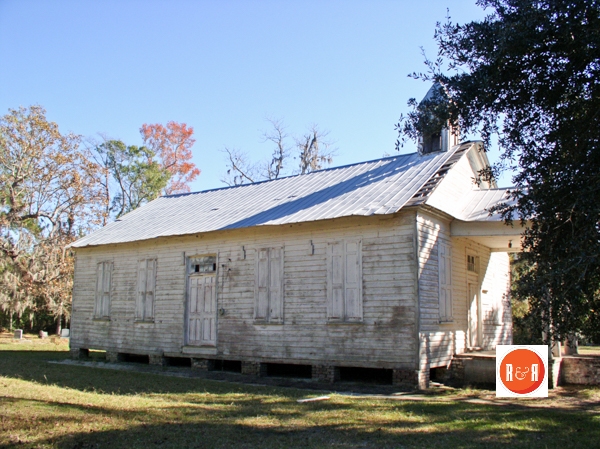
Courtesy of the Segars Collection – 2004
Taveau Church is a small frame African American church about a mile north of Strawberry Chapel on Highway 44 today. The State highway map of 1961 calls it “Tabo Church.” It was built by the Taveau family, white plantation owners, for the use of their slaves in the early 1800’s, and until recently there were white men on the vestry. It is probably the oldest African American church in Berkeley County. (Information from: Names in South Carolina by C.H. Neuffer, Published by the S.C. Dept. of English, USC)

Courtesy of the Segars Collection – 2006
St. Thomas’ Parish was also created in 1706, and the first parish church built in 1708 on the neck of land between Wando and Cooper Rivers, about two miles from the village of Wando, formerly known as Cainhoy. However, Pompion Hill Chapel had been built in 1703 in what became St. Thomas’ Parish. Dalcho termed it the first church built in the province outside the city of Charles Town. Later research has indicated that the first chapel at Goose Creek was erected some years prior to this, perhaps as early as 1680. The first chapel at Pompion Hill was erected soon after the arrival of the Rev. Samuel Thomas, first missionary to Carolina from the newly organized Church of England Society for the Propagation of the Gospel in Foreign Parts. Created in 1701, they sent the Rev. Mr. Thomas to Carolina in 1702. He was the third missionary sent to America and served the people of the Cooper River from Goose Creek to Pompion Hill, making his home at Silk Hope, the plantation of the Governor, Sir Nathaniel Johnson. Writing from “Sir N. Johnson’s Study” in 1705 to the Society in London, Mr. Thomas said, “Here is one church already erected since my arrival by the peculiar direction and religious care of Sir Nathaniel Johnson and at the charge of the parish.” Pompion Hill Chapel on the eastern side of the east branch of the Cooper River took its name from the plantation on the river which it adjoined. The local pronunciation is Punkin, or as Judge H. A. M. Smith wrote “the contemporaneous spelling of Pumpkin is Pompion.” The plantation was written as Ponkin Hill or Ponkinhill Plantation in some deeds before the name was extended to cover the larger tract of plantation which was aggregated by the Rev. Thomas Hasell. He was the first rector of St. Thomas’ Parish, appointed in 1709 after the creation of the Parish in 1706. He married Elizabeth Ashby, daughter of John Ashby, the Second Cassique of nearby Quinby Barony. When the Rev. Mr. Hasell died in 1744, he had served the parish of St. Thomas’ and Pompion Hill Chapels of Ease for thirty-five years. Pompion Hill Plantation of 1540 acres was inherited by his eldest son, Thomas Hasell. In 1750 it was purchased by Samuel Thomas, grandson of the first SPG mis-sionary of that name, and who was the son-in-law of Rev. Thomas Hasell, since Samuel Thomas, II, had married Elizabeth Ashby, II. Before 1784, Pompion Hill Plantation became the property of the Parish, either through purchase or gift from Samuel Thomas. In later years after 1823 Pompion Hill Plantation was owned by Alfred Huger and its name was changed to Longwood, and the name Pompion Hill restricted to the bluff above the river of ten or twelve acres on which the fine old Chapel stands. (Information from: Names in South Carolina by C.H. Neuffer, Published by the S.C. Dept. of English, USC)
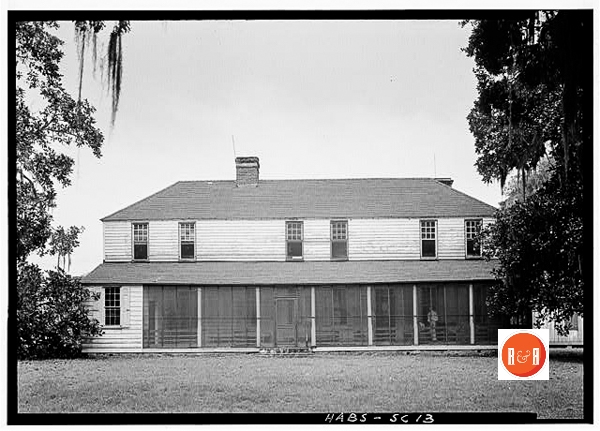
C.O. Greene photographer 1940 – Images(s) and information from: The Library of Congress – HABS Photo Collection
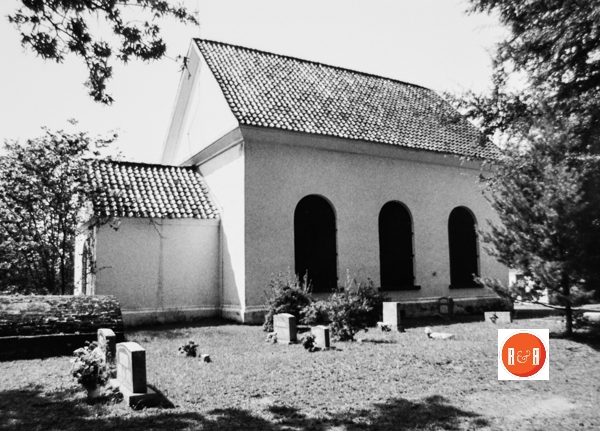
Thomas T. Waterman image from 1939 – Images(s) and information from: The Library of Congress – HABS Photo Collection






